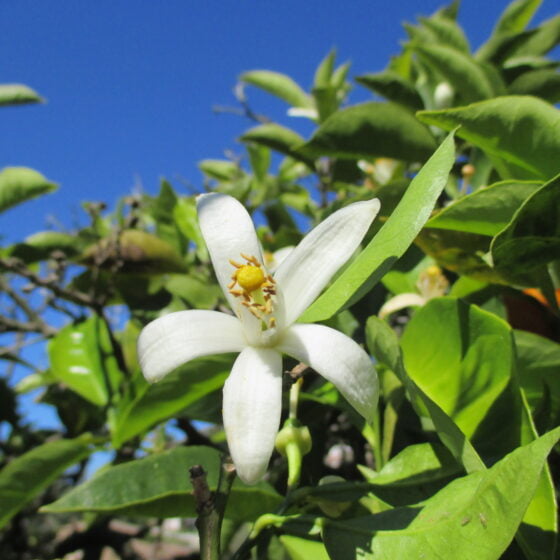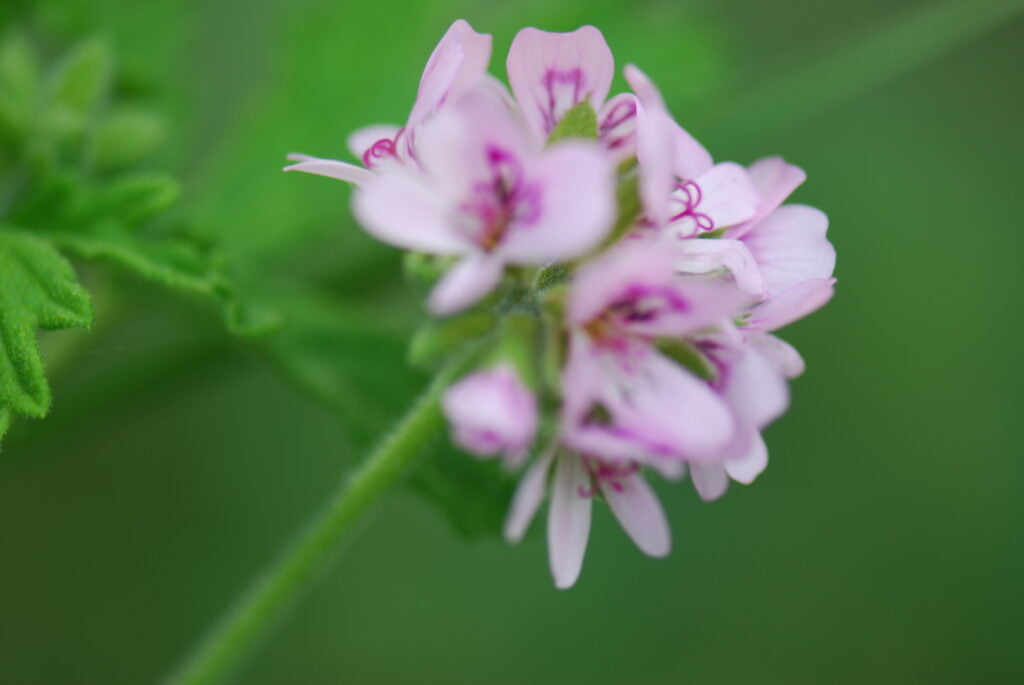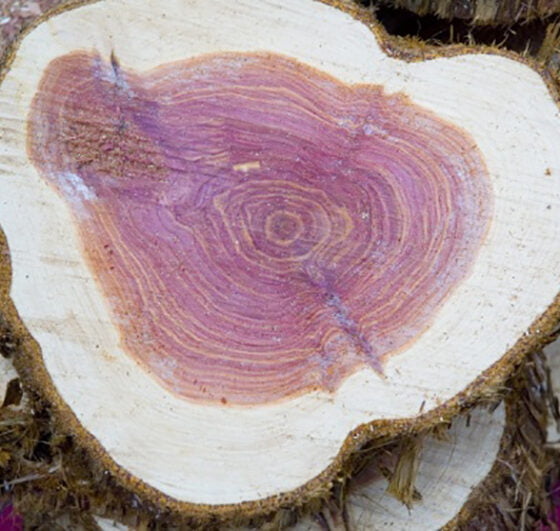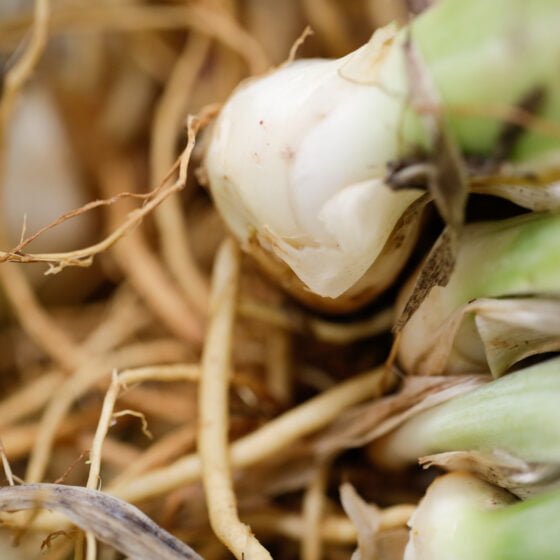
Geranium Madagascar
Pelargonium x spp
General data
Harvest Calendar
- J
- F
- M
- A
- M
- J
- J
- A
- S
- O
- N
- D
Product details Well-being side
Skin anti-inflammatory, antifungal, antibacterial, soothing, antimosquito. Emotionally balancing, it combats stress and nervousness and helps to reconnect to personal needs.
*The aromatherapy properties in this document are excerpted from reference books, scientific articles, or specialized websites and are provided to customer for its information and internal use only. Claims on a finished product remain the responsibility of the company making the finished product available on the market. About
Native to South Africa, geranium takes its name from the Greek geranos, which means crane, a reference to the crane-beak shape of its fruit. It is a branching shrub with downy, light-green, aromatic foliage. The inflorescence is most often pink and each flower consists of a pair of upper petals, veined with ruby red, and three lower petals.
In the mid-19th century, the Damask rose became scarce and the price of its essential oil increased accordingly. Perfumers therefore set off in search of new plants that had the scent of roses. In 1819, the geranium joined the perfumer’s organ.
In Madagascar and on Réunion Island, geranium rosat is grown over three years in perennial plantations. Geranium rosat is a sterile male plant and is therefore replanted at the end of each cycle with cuttings. The harvest takes place before flowering and the plants are cut manually with pruning shears, a knife or a sickle. The plants are cut four to six times a year, and the cut greens are left to wilt for one to five days before being distilled.
Well-being side
Skin anti-inflammatory, antifungal, antibacterial, soothing, antimosquito. Emotionally balancing, it combats stress and nervousness and helps to reconnect to personal needs.
About
Native to South Africa, geranium takes its name from the Greek geranos, which means crane, a reference to the crane-beak shape of its fruit. It is a branching shrub with downy, light-green, aromatic foliage. The inflorescence is most often pink and each flower consists of a pair of upper petals, veined with ruby red, and three lower petals.
In the mid-19th century, the Damask rose became scarce and the price of its essential oil increased accordingly. Perfumers therefore set off in search of new plants that had the scent of roses. In 1819, the geranium joined the perfumer’s organ.
In Madagascar and on Réunion Island, geranium rosat is grown over three years in perennial plantations. Geranium rosat is a sterile male plant and is therefore replanted at the end of each cycle with cuttings. The harvest takes place before flowering and the plants are cut manually with pruning shears, a knife or a sickle. The plants are cut four to six times a year, and the cut greens are left to wilt for one to five days before being distilled.
Other type of extracts
(Floral)


